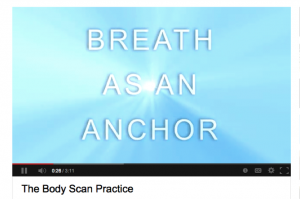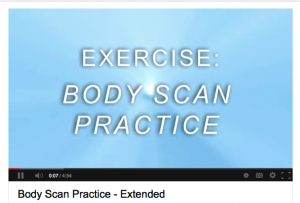 Two weeks ago today, I had a lumpectomy, and October is Breast Cancer Awareness Month, so I’m writing a bonus post this week to celebrate–and to stake a faculty claim in the land of women and men with bodies and emotions and cells.
Two weeks ago today, I had a lumpectomy, and October is Breast Cancer Awareness Month, so I’m writing a bonus post this week to celebrate–and to stake a faculty claim in the land of women and men with bodies and emotions and cells.
I have a gnarly, three-inch incision in my right breast, but I keep forgetting about it. The night after my surgery, I took one pain pill just in case: it certainly looked like it should hurt. The next day, I woke up feeling fine and even considered going back to work. (My cats quickly convinced me to stay home, keep them company, and fully wear off the anesthesia.) Friends told me to “stay out in front of the pain,” so I took an occasional Tylenol each day for the rest of the week. I went back to work that Friday and spent the next week at a conference in North Carolina, where I had presentations, meetings, and lots of happy reunions with old colleagues and friends. I wasn’t putting on a brave face; I simply felt fine–no, I felt fantastic. Moments of discomfort have passed quickly, and moments of comfort have been many. I felt grateful for everything, and specifically happy to be there, at my favorite conference with some of my favorite people. The story of my surgery isn’t dramatic or even interesting, and I have a hard time explaining why–especially when I see my incision.
Right after my surgery, a handful of folks sent me a brand new study from the Journal of Clinical Oncology in which the researchers studied the effects of mindfulness on breast cancer survivors (Carlson, Doll, Stephen, Faris, Tamagawa, Drysdale, & Speca, 2013). With 271 women who had completed treatment and scored high on a distress test, the researchers compared the effects of a mindfulness program, an expressive support group, and a stress management seminar by looking at mood, stress symptoms, quality of life, social support, and cortisol levels. (Cortisol is the stress hormone and is connected to resilience, so abnormal cortisol levels are associated with “poorer psychological functioning and shorter survival time” [p. 3125].) Participants in both the mindfulness program and the support group maintained appropriate cortisol levels, suggesting that the two programs “buffered unfavorable biologic changes that may occur without active psychosocial intervention” (p. 3125). But the women learning mindfulness also experienced a greater decrease in stress symptoms, more improved quality of life, and higher feelings of social support (yes, even more than those in the support group). It’s worth quoting the authors:
“The value of mindfulness-based interventions for survivors of cancer is potentially multifaceted. The emphasis is not on changing the situation; rather, skills taught through mindfulness practice help participants change their way of relating to give life situations. MBCR [mindfulness-based cancer recovery] helps facilitate development of positive emotional regulation strategies such as acceptance and gently extinguishes unhelpful strategies including worry, rumination, and experiential avoidance…. The result is often a sense of heightened control, calm, peace, and serenity, even in the face of the many uncontrollable elements of cancer.” (emphasis added; p. 3125)
I would have been excluded from the study for two reasons:
- I have experience with mindfulness, and the subjects needed to be trying it for the first time, and
- I’ve felt no distress, except for the day of my diagnosis (July 29).
Based on experiences before my mindfulness work, I know 1. and 2. are related. When I think about recurrence, I come back to here and now. When I’ve felt discomfort or pain (e.g., the insertion of the guidewire for surgery), I’ve focused on my breath. When I think about radiation, I’m simply curious.
Chade-Meng Tan writes about the practice of being aware when you are not in pain: “This practice of constantly noticing the lack of distress encourages us to enjoy the sweetness of that freedom” (2012, p. 111). This awareness also bases our experience in reality, as pain–even chronic pain–typically comes and goes. He also writes about the mindful ability to observe your experiences–thoughts, emotions, physical sensations–“from a third-person perspective” (p. 7). This doesn’t mean disengaging from your self or your life; it means not identifying with the worry, the sadness, or the pain. Instead of my worry, my sadness, my pain, notice the experience of worry, sadness, or pain in my body. And breathe.
Practice
One of my favorite practices is the body scan. I’ll just link to three different scans (three minutes, five minutes, and ten minutes), guided by Elisha Goldstein. Do whichever you can.
Tomorrow, I’ll publish my regular post for the week. I wrote this one spontaneously after my Monday night mindfulness teacher training session when a few folks recommended that I write about my experience these last few weeks.
—






